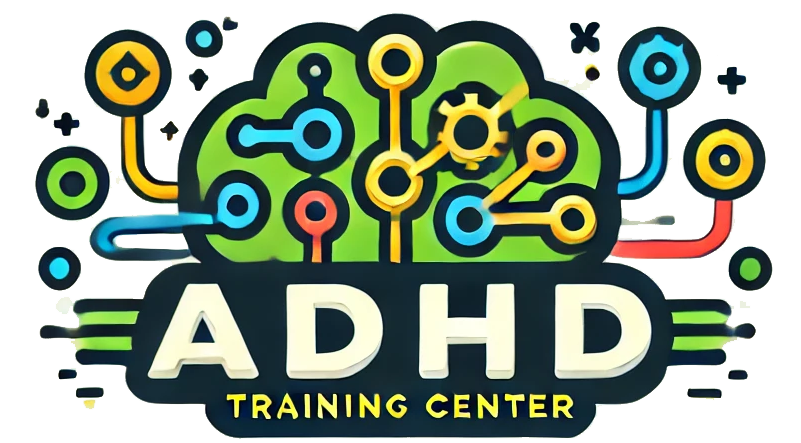Part of truly understanding ADHD is gaining more knowledge not only of the clinical symptoms of ADHD, like trouble focusing, but also the way that these issues manifest in a person’s day to day life.
It’s one thing to know that a child with ADHD can have difficulty concentrating, but it is quite another to see that this can cause them to the familiarity of movies they’ve already seen. It’s one thing to know that an adult with ADHD may not always be able to process details, it is another to understand that this may mean they struggle with faces.
One thing that some people with ADHD report is that they like to listen to things like audiobooks, podcasts, and YouTube videos at a faster speed – 1.5x to 2x the speed of the actual media. Is it true, and if so, what would cause it?
Why Would a Faster Speed Be Appealing?
For many people with ADHD, faster playback can feel more natural than listening at the default pace. This has to do with the way the ADHD brain processes stimulation.
Those with ADHD often experience an underactive dopamine system, which can lead to difficulty sustaining attention during tasks that do not provide enough stimulation. By increasing the speed, the brain receives more input in less time, which may reduce the chance that attention drifts away.
In addition, faster audio leaves less room for distraction. When speech has natural pauses or slower pacing, a person with ADHD may find their mind wandering during those gaps. A faster playback rate minimizes downtime, providing a steady stream of information that makes it easier to stay engaged.
Cognitive Processing in ADHD
Another factor is cognitive processing style. ADHD does not necessarily mean a person processes information slowly. In fact, many with ADHD describe themselves as “fast thinkers,” moving quickly from one thought to another. Faster playback can match that internal pace. Instead of feeling like the speaker is “dragging,” sped-up audio may feel aligned with the listener’s natural rhythm.
However, this is not universal. Some individuals may find faster playback overwhelming or difficult to follow. ADHD is highly variable, and what feels stimulating and engaging for one person can feel stressful for another.
Everyday Implications
We wouldn’t call listening to media at a faster speed a “symptom” of ADHD, especially because:
- Some people that do not have ADHD may prefer this for other reasons (eg, time saving)
- Some people with ADHD may have difficulty with faster speeds, as they may overwhelm the mind.
But if we already know that we have ADHD, we can recognize this behavior and better understand it so that we do not provide it with a label, like “weird” or “strange.” For someone with ADHD, not only is this behavior normal, but it may actually make sense relative to their symptoms.
For many, listening to podcasts or audiobooks at higher speeds is not a sign of impatience but rather a way to regulate attention and maximize focus. It also demonstrates how ADHD traits influence daily habits, from media consumption to study strategies.
For parents, partners, or educators, noticing these patterns can provide useful insight. It may be one of many small adjustments a person with ADHD makes to better navigate a world that often feels too slow or unstimulating.


